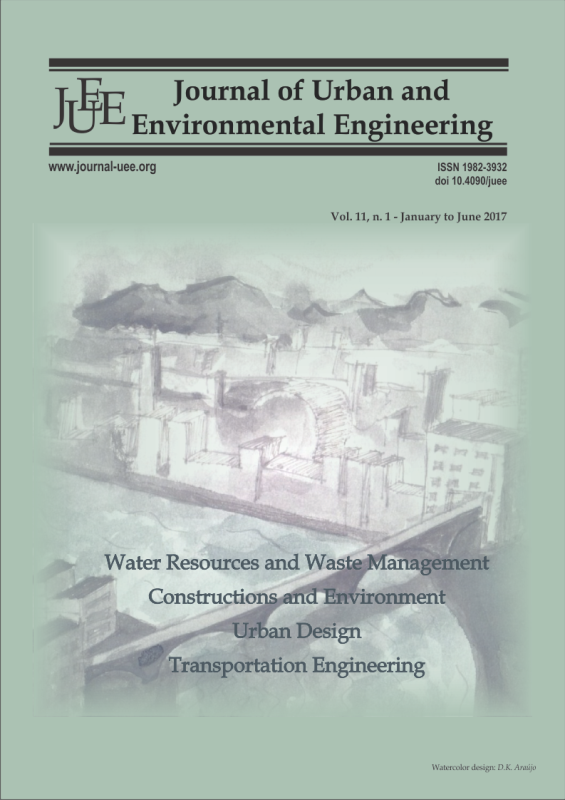AN ASSESSMENT OF URBAN SPACE EXPANSION AND ITS IMPACT ON AIR QUALITY USING GEOSPATIAL APPROACH
DOI:
https://doi.org/10.4090/juee.2017.v11n1.79-87Keywords:
Urban Expansion, Impervious area, Land Consumption Rate, Air quality, Remote SensingAbstract
The development oriented growth and accelerated industrialization had been rapidly worsening the environmental quality of urban centers. Jaipur, capital of Rajasthan India, the 10th largest metropolitan city of India, is also facing the increasing pressure on land due to urbanization and demographic factors. Therefore, in this study an integrated approach of remote sensing and GIS (Geographic Information System) was applied to examine the relationship among spatial variables such as impervious area, land consumption rate and air pollutants concentration within an urban context of Jaipur city. The urban sprawl over the period of five years (2008–2013) is determined by computing the impervious area or built up area using IRS (Indian Remote Sensing) Resourcesat 2 satellite data for Jaipur urban region. Thereafter, Land Consumption Rate (LCR) and Land Absorption Coefficient (LAC) were quantified to evaluate the impervious area growth in different wards of the Jaipur city. The temporal variations in gaseous and particulate pollutants were also investigated to ascertain the degree of association between air pollutants and impervious area. It has been observed that there is 74.89% increase in impervious area during 2008 to 2013.The zonal distribution of impervious area clearly indicates the increase in number of wards under Zone 5 (80-100%) category from 2008 to 2013. The spatial distribution of LCR reveals very high land consumption rate (>0.012) in outskirts of the city ie. Vidhyadhar Nagar, Jhotwara and Jagatpura area. The LAC is zero in wards of Kishanpole area and high (>0.06) for the wards of Civil lines, Jagatpura, and Jhotwara area of the city. The urban air quality pattern (2008-2013) results indicate that PM10 and SPM concentration have the greatest effects on the air environment in comparison to gaseous pollutants (SO2 and NOx). The association between particulate pollution and impervious area indicate strong correlation in zone 2 (R2 = 0.72 for PM10 and R2 = 0.63 for SPM) during 2013; however, correlation between PM10/SPM ratio and LCR shows significant relation during 2011 and 2013.Downloads
Download data is not yet available.
Downloads
Published
2017-05-21
Issue
Section
Articles




